"Arrested for the size of my heart"
Jack Kerouac's Mexico City Blues |
|
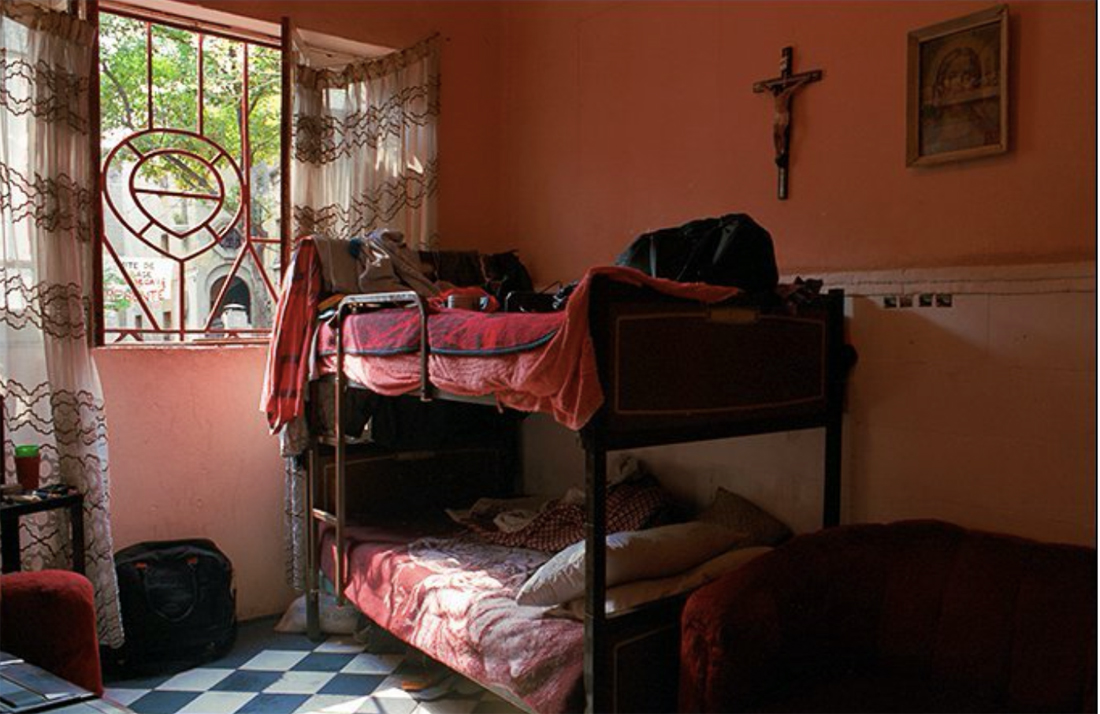
Bill Garver's room, 212 Orizaba St.
*
August 26, 2023
by Philip Gambone
On July 19, 1955, elated with the recent sale of "The Mexican Girl," an excerpt from his novel On the Road, Jack Kerouac wrote to Malcolm Cowley, who had helped get the story published in the Paris Review. "Now I'm (thanks to you) going to Mexico," he declared. Kerouac was hoping that in Mexico some "intuition of what to write next" would come to him. In fact, a "huge work" was already vaguely coming together in his mind. "Whatever form it takes it takes by itself like organism," he told Cowley, "and I cant [sic] predict."
When he got to Mexico City in August, Kerouac settled into a room on the roof of a house at 212 Orizaba. It was the house that, on previous trips, he had shared with his friend and fellow-writer William Burroughs. Burroughs was no longer living there, and the house, according to Kerouac's biographer, Ann Charters, was "rundown and falling into ruin, the last flight of thin, metal stairs creaking and cracking against nails holding it to the crumbling stucco walls." The place did not have electricity, but Kerouac didn't care. He loved the freedom that this little garret afforded him, freedom to write, to pursue a kind of monastic life, and (quite un- monastically) to indulge in marijuana and bourbon.
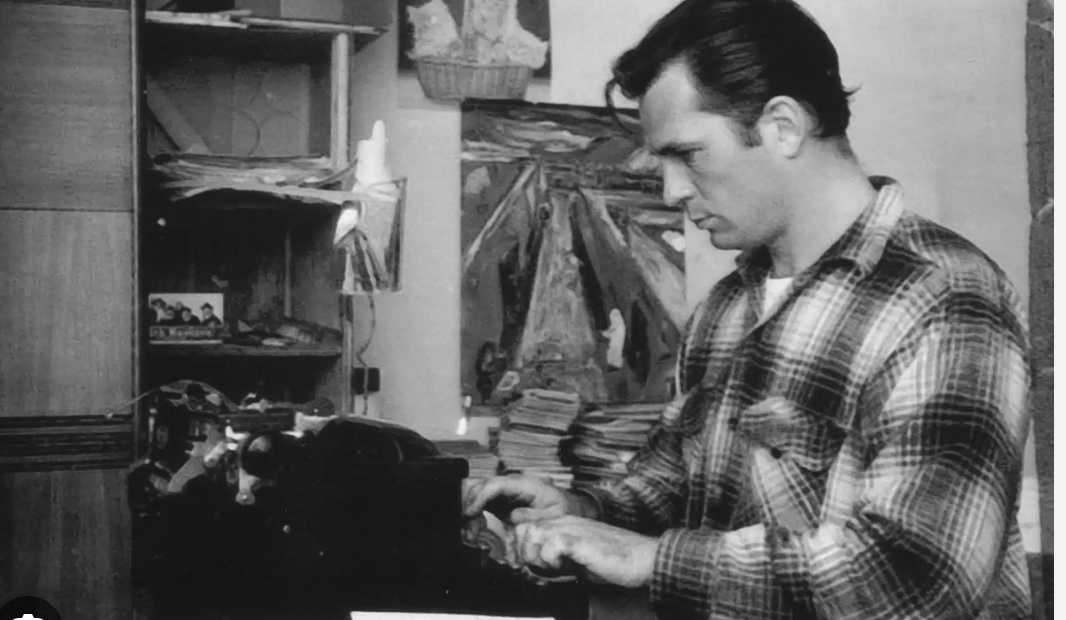
Downstairs was a guy named Bill Garver, a heroin addict living on a trust fund. Kerouac had first met Bill in 1952 and they'd become friends. Garver loved to talk, compulsively "mumbling on … just idling all afternoon." Every day, Kerouac would come down with his marijuana and note pad and take down whatever Garver was talking about, turning his words into the freely improvised poems that would go into the "huge work" he had envisioned in that letter to Cowley.
Kerouac's method "wasn't literal transcription of what was actually said," Charters says. "Rather, he made his poems out of what he heard, not necessarily what was said, and what he associated in memory with what he heard." He called this approach "spontaneous composition," something he'd learned from his buddy Neal Cassady's long, rambling letters to him and from the jazz musicians Kerouac loved, especially Charley Parker.
As the poems emerged, many of them exhibited "the wacky effrontery of Dadaist poetry and the dream-like detail of Surrealism," says Kerouac scholar James T. Jones. Chance, randomness, accident, the irrational—Kerouac opened these poems up to all sorts of anti-literary qualities. The end result was a book of 242 poems, or "choruses," as he called them, which he collected into a volume to which he gave the name Mexico City Blues.
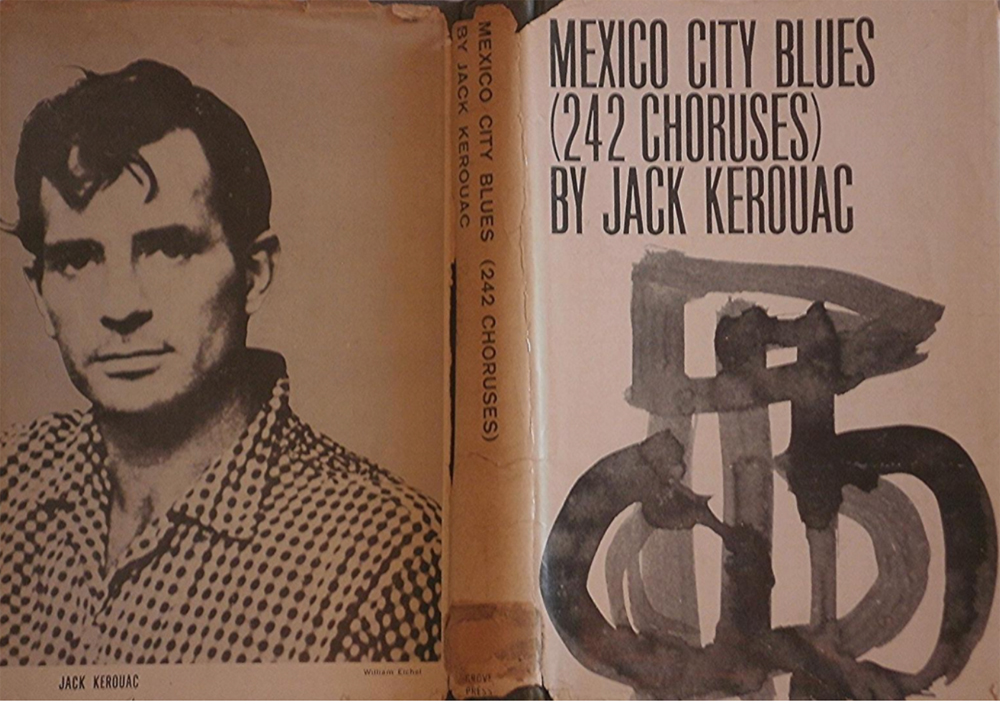
In pain from phlebitis and "very high," he wrote the first 150 choruses during one feverish week. "Bloody poetic masterpieces," he deemed them. It was a book which, he assured his literary agent, Sterling Lord, "will do for poetry what my prose has done, eventually change it into a medium for Lingual Spontaneity … a kind of challenge Jazz Session for letters—(about time)."
In each of the page-long choruses—"divine and divinely strange," Kerouac told Allen Ginsberg—he let his ideas "vary and sometimes roll along from chorus to chorus or from halfway through a chorus to halfway into the next." This was "makeshift poetry," anti-academy poetry. He was trying for "pureperfect gems." As he declared in the 49th Chorus, "They got nothing on me at the university / Them clever poets."
From the onset, Buddhism, which Kerouac had become seriously interested in a few years before, figured prominently in Mexico City Blues. The first Chorus opens:
|
|
|
|
Butte Magic of Ignorance
Butte Magic
Is the same as no-Butte
All one light
Old Rough Roads
One High Iron
Mainway
|
|
|
|
He was playing with Buddhist concepts like the false notion of duality: Butte and no-Butte, all one light. Elsewhere, he referenced the Buddhist notion of endless mind, or the "other part of your mind / Where everything's refined" (41st Chorus). The whole point was to "Krissake Wakeup." Kerouac saw himself as having the eyes of Avalokitesvara, the awakened being of infinite compassion. "To understand what I'm sayin," he said in the 65th Chorus, "You gotta read the Sutras."
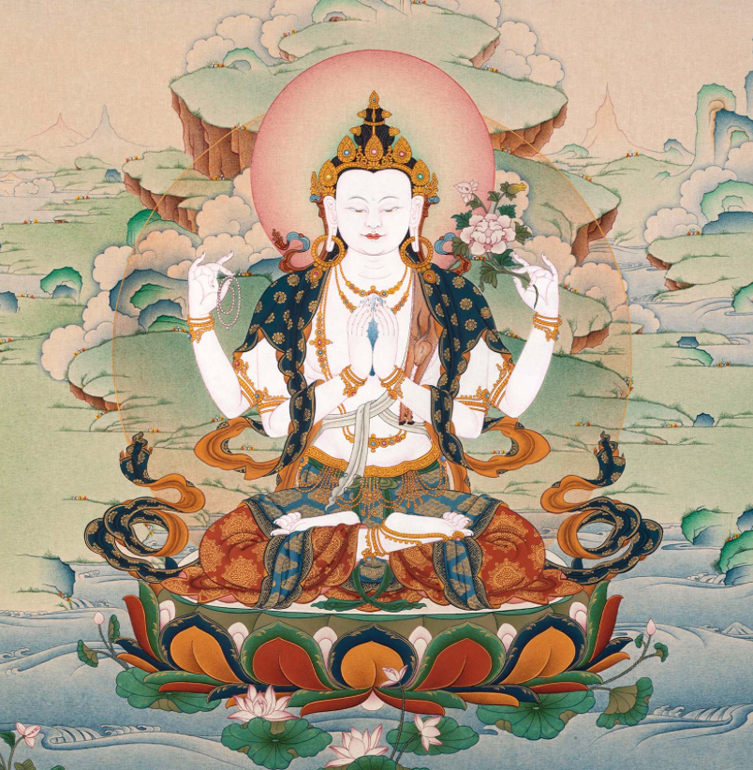
Kerouac was fascinated with the paradoxes and seeming contradictions of Buddhist teaching: "Heaven's inside you," he wrote at the beginning of the 203rd Chorus, "but there's no you. / What does that mean?" The Chorus ends:
|
|
|
|
Seeing that all's illusion
You lose your mind
In meditation
And heal yourself well
(AND WHAT'S BEEN HEALED?)
| |
|
|
Mexico City Blues aims to be a kind of grand poem of healing. Kerouac was searching for a way to end suffering: his and the world's. In this respect, his decision to couch his poem as a series of Mexican blues—the push-pull of desire, frustration, gratification, renunciation—was spot on.
Kerouac's spirituality embraced other traditions as well ("Old Ancient Teaching," he called them), including the Catholicism he was raised in. Mexico City Blues is populated with saints, spirits, archangels, gods. There are passages that express a nostalgia for the purity of vision that a child possesses, when he has not yet formed "arbitrary conceptions" and his eyes "were bright / with seeing emptiness"; when he "abided in blank ecstasy … unconditional no-term ecstasy."

All his life, Kerouac was haunted by the idea of death, by how everything "abide[s] in death." Buddhism helped him to see human life as a mere "bubble pop, a foam snit / in the immensities of the sea / at midnight in the dark" (24th Chorus). Death—the "no-buzz, no voices"—terrified him and, at the same time, fascinated him as a kind of return to the Not Self, which was one of Buddhism's core tenets. As he put it in the 129th Chorus, "The Victor is Not Self."
Mexico City Blues is, as well, a poem about poetry, about poetry's ability to "rip me a blues," "blow me a bop" and "end asininity." Kerouac was trying to let his choruses capture, as great jazz does, the feeling of being spontaneously alive:
The songs that erupt
Are gist of the poesy,
Come by themselves, hark,
Stark as prisoners in a cave
Let out to sunlight, ragged
And beautiful when you look close
And see underneath the beards
the holy blue eyes of humanity
And brown. (195th Chorus)
There is a jazzy, playful element at work in Mexico City Blues. Kerouac indulged in childlike rhyme schemes, in passages that read like haiku, in word play and free association. These are poems where, Jones says, "meanings often dissolve into music." Sometimes all Kerouac seems to be doing, as he says in the 79th Chorus, is "goofing out loud." In fact, some of these poems, at least to an unhip reader like me, are totally unintelligible. But then again, Jack was not interested in narrative sense, but in "just verse." He wanted to take his readers to "a crazy place." He was aiming for ecstasy and joy, not logical meaning.
Despite the title of the collection, there are few actual references to Mexico in the book. In the 222nd Chorus, Kerouac becomes a "Mexico Camera" and surveys Orizaba Street with its mansions and Spanish interiors. But for the most part, these are not travel poems; the only journey that the collection takes us on is an inward one, full of "restless mental searching."
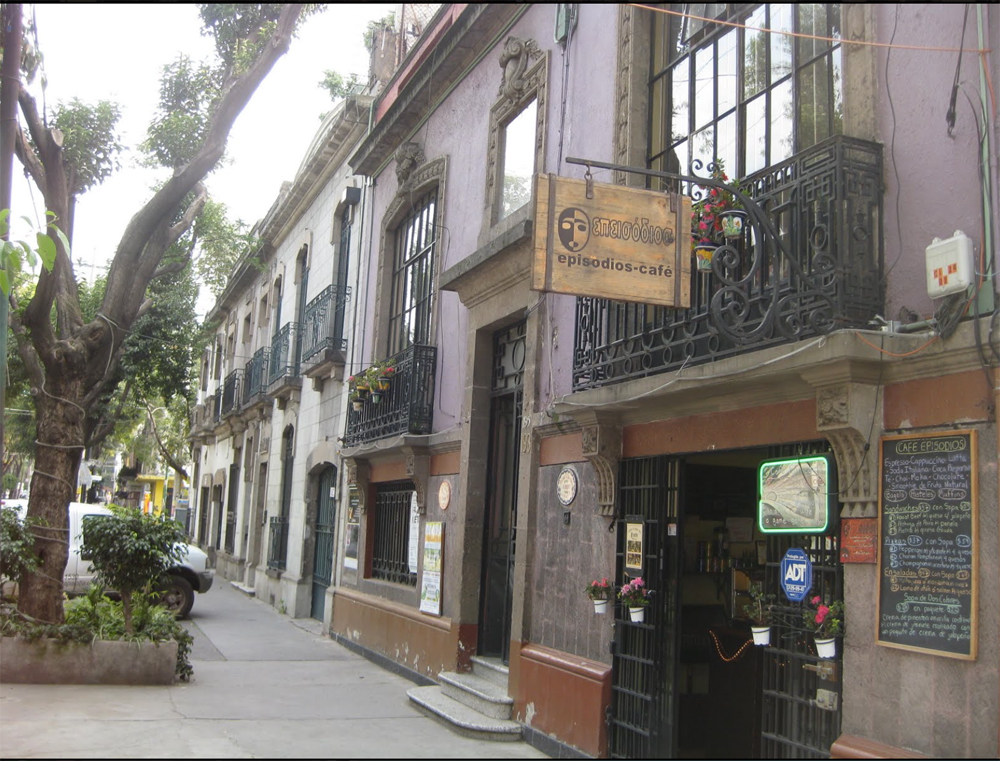
Orizaba Street (Mexico City) today
*
Kerouac finished Mexico City Blues in September 1955, "hugely satisfied" with what he had written. He held off publishing the book until 1959. It was not well received. Writing in the New York Times, poet Kenneth Rexroth said: "Someone once said of Mr. Kerouac that he was a Columbia freshman who went to a party in the Village twenty years ago and got lost. How true. The naïve effrontery of this book is more pitiful than ridiculous."
An unnecessarily harsh assessment. True, there are passages in Mexico City Blues that are impenetrable and seemingly meaningless, but there are also passages of unbridled ecstasy, radiant joy, spiritual wisdom, and sheer fun.
In the 123rd Chorus, Kerouac asked: "What's to be done Bodhisattva?" The answer: "O live quietly; live to love / Everybody." In his own tortured, tormented way, Kerouac set out to love everybody. Tragically, he was often too intoxicated to live quietly; sadly, he was often misunderstood. He saw himself—not entirely inaccurately—as persecuted, or as he put it in the 14th Chorus, "arrested … / For the size / Of my heart."
Every reader who comes to Kerouac will have to decide how the size of his heart squared with his achievement as a writer. His masterpiece, On the Road, is probably a better place to begin that assessment, but Mexico City Blues should be on your reading list, too. Is it, as James T. Jones says, "the most important book Kerouac ever wrote," one that deserves "a permanent place among our other monuments to that ancient land"? Or an atrocious piece of naïve effrontery? Give it a try and see for yourself.
**************
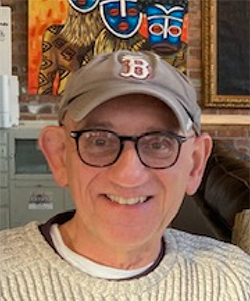
Philip Gambone, a retired high school English teacher, also taught creative and expository writing at Harvard for twenty-eight years. He is the author of five books, most recently As Far As I Can Tell: Finding My Father in World War II, which was named one of the Best Books of 2020 by the Boston Globe. It is available through Amazon, at the Biblioteca bookshop, and at Aurora Books off the Calzada de la Aurora.
**************
*****
Please contribute to Lokkal,
SMA's online collective:
 ***
***
Discover Lokkal:
Watch the two-minute video below.
Then, just below that, scroll down SMA's Community Wall.
Mission

Visit SMA's Social Network
Contact / Contactar

|
|
|
|
| | |
Click ads
Contact / Contactar
 copyright 2026
copyright 2026
|
